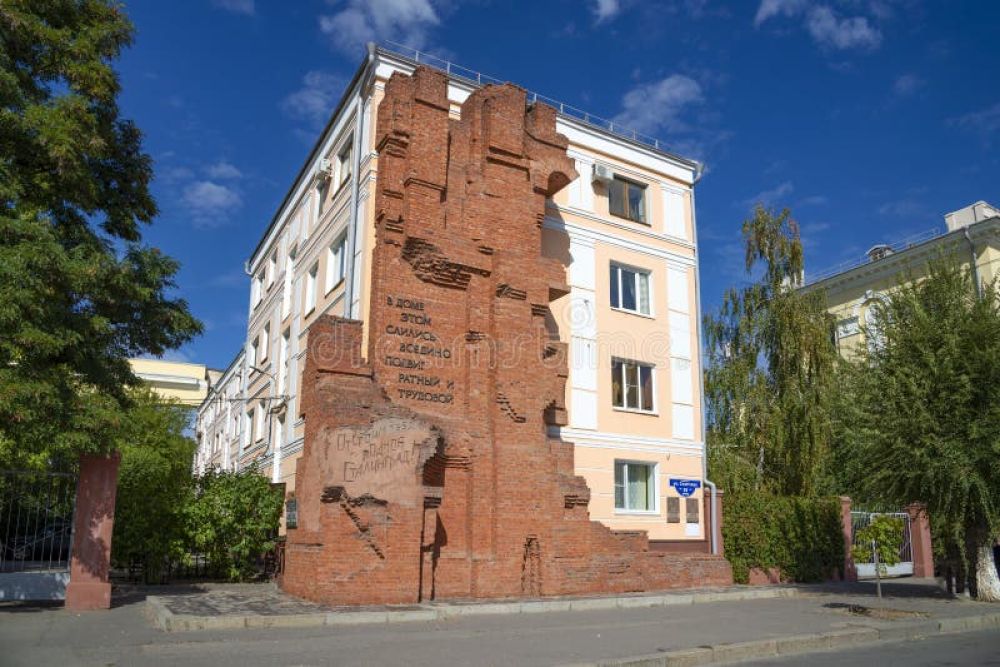

Pavlov's House, located in the city of Volgograd (formerly known as Stalingrad), carries a significant historical weight in the context of the Battle of Stalingrad during World War II. Named after Sergeant Yakov Pavlov, who successfully defended the building with a platoon of Red Army soldiers for 58 days against the German Army, it became a symbol of Soviet resistance and determination. After the battle, the Soviet government preserved the house as a historical monument, highlighting the heroism and tenacity that took place within its walls.
The rise of tourism at Pavlov's House began in the post-war years as the Soviet Union sought to commemorate the victory at Stalingrad. The house was integrated into the war memorial complex that included the Mamayev Kurgan—the hill overlooking the city featuring the towering "Motherland Calls" statue.
During the Cold War, visiting Pavlov's House was a patriotic act for citizens of the USSR. With the fall of the Soviet Union, the site opened up to international tourists who visited to pay their respects and to understand the brutal urban warfare that defined the Battle of Stalingrad.
Today, Pavlov's House remains a poignant attraction in Volgograd, which has seen various conservation efforts to maintain its integrity. Tourists can view the outside of the building, punctuated with marks and damage from the conflict, and a monument that stands close by, depicting Pavlov and his men. The building now houses a museum that contains exhibits related to the battle, personal testimonies, military artifacts, and a memorial to the soldiers who defended the house.
Interactive and Immersive Experiences: The recent trend in tourism emphasizes interactive and immersive experiences. Visitors to Pavlov's House can participate in guided tours that offer in-depth historical accounts, complete with storytelling by knowledgeable guides. These experiences often use augmented reality (AR) technology to help visitors envisage the setting during the battle.
Educational Tourism: There has been a growing interest among tourists in educational travel, seeking to learn about significant events and historical figures. Schools and universities often organize trips to places like Pavlov's House to educate students on World War II history and its impact.
Dark Tourism: Pavlov's House falls under the category of 'dark tourism', which involves visiting sites associated with death and tragedy. This form of tourism has gained popularity in recent years, with individuals looking to understand the human aspects behind historical events.
The future of tourism at Pavlov's House looks to preserve the emotional and historical authenticity while adapting to modern visitors' expectations for engagement and interaction. As it stands, Pavlov's House is not only a static monument but an ongoing narrative of heroism, survival, and the human spirit that continues to captivate and educate those who journey to this storied site.